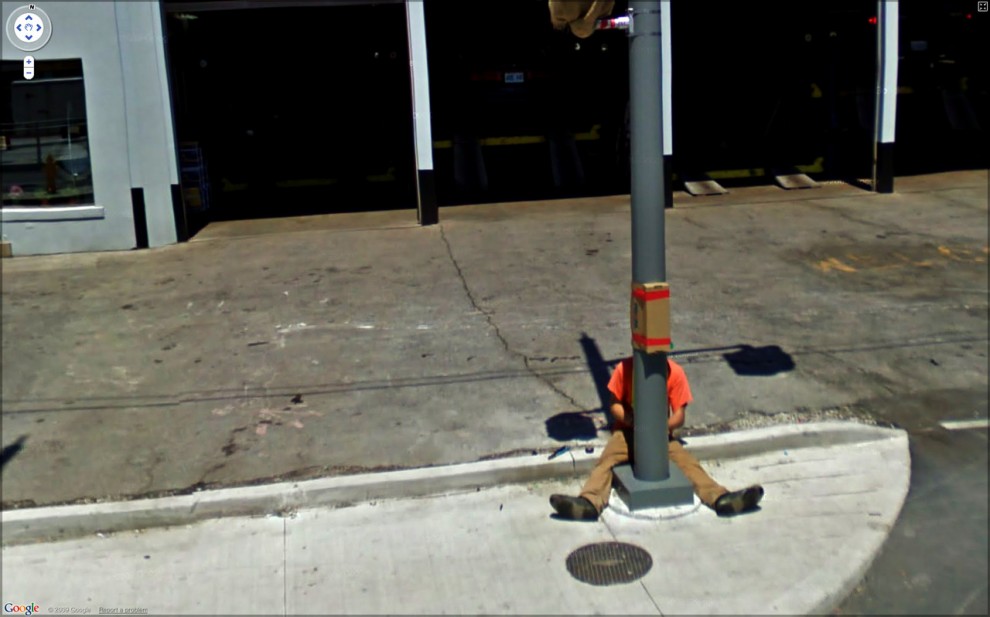Long before John Maloof stumbled upon Vivaian Maier’s negatives in a storage locker, an army of Google Street View cars were busy photographing and mapping every road in the world. After millions of miles, these automatic sentries were bound to capture a few interesting images and Canadian artist Jon Rafman has been collecting the best of them since 2009. Is Google the next great street photographer? Hit the jump to find out.
9 Eyes By John Rafman
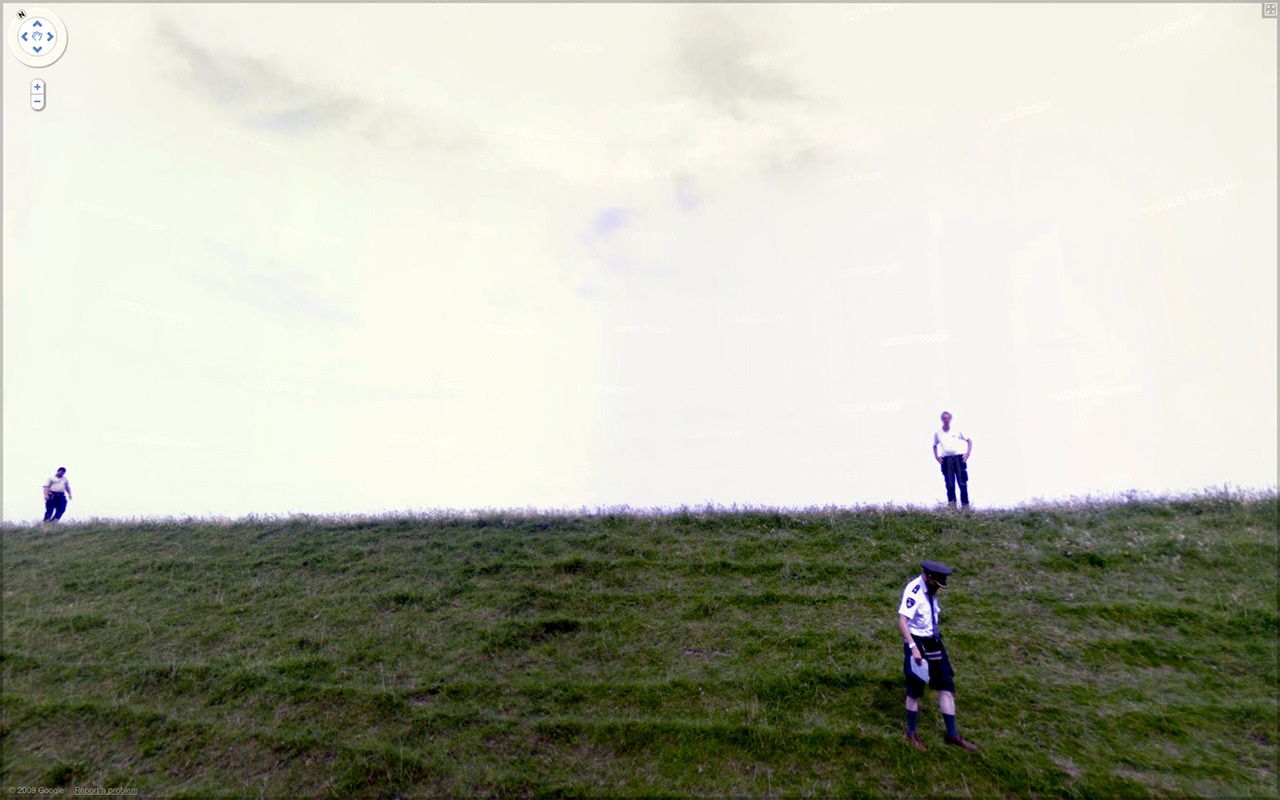
John called his project 9 Eyes as a reference to the characteristic camera/ball seen atop any Google Street View Car. Software blurs personal details like license plates and faces then stitches each of the 9 views together to form a panorama of the current location. All of this information is then linked to Google Maps to give users a first person view of their destination.
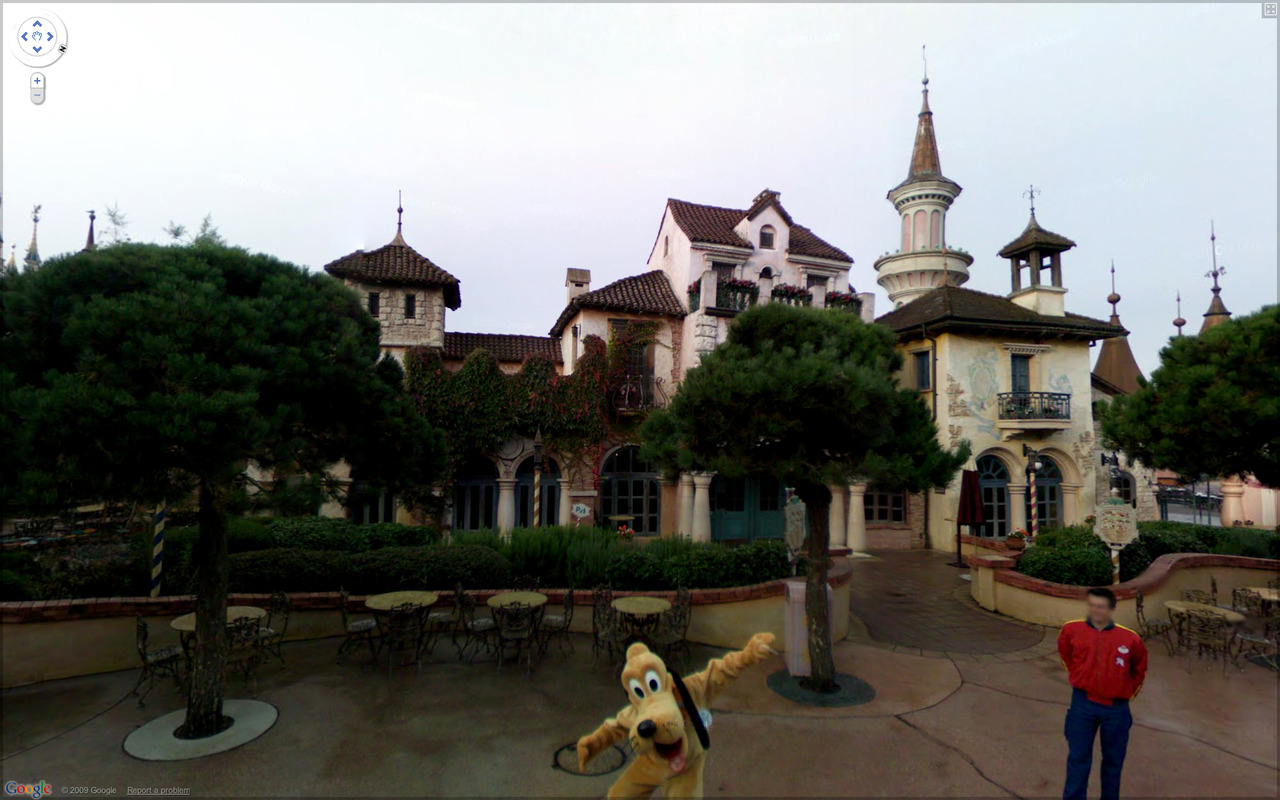
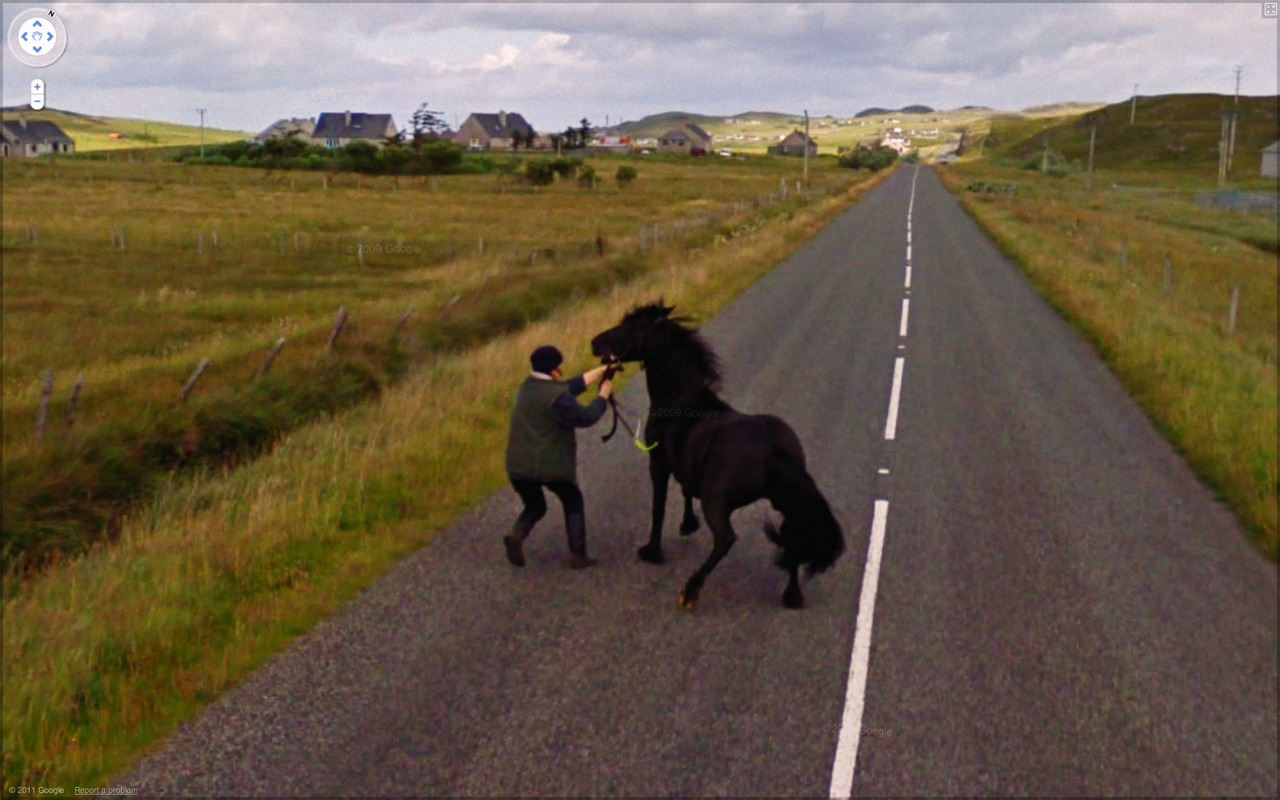
Initially, I was attracted to the noisy amateur aesthetic of the raw images. Street Views evoked an urgency I felt was present in earlier street photography. With its supposedly neutral gaze, the Street View photography had a spontaneous quality unspoiled by the sensitivities or agendas of a human photographer. It was tempting to see the images as a neutral and privileged representation of reality—as though the Street Views, wrenched from any social context other than geospatial contiguity, were able to perform true docu-photography, capturing fragments of reality stripped of all cultural intentions. — Jon Rafman
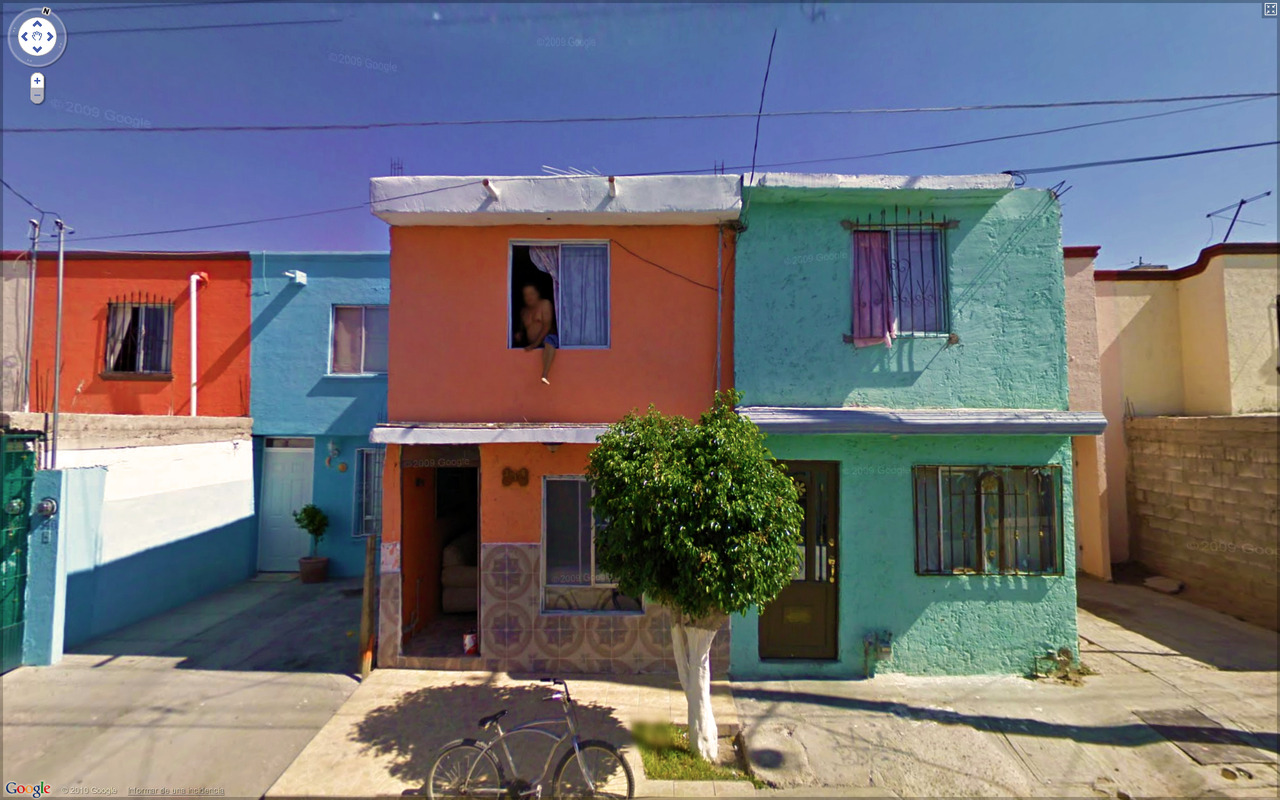
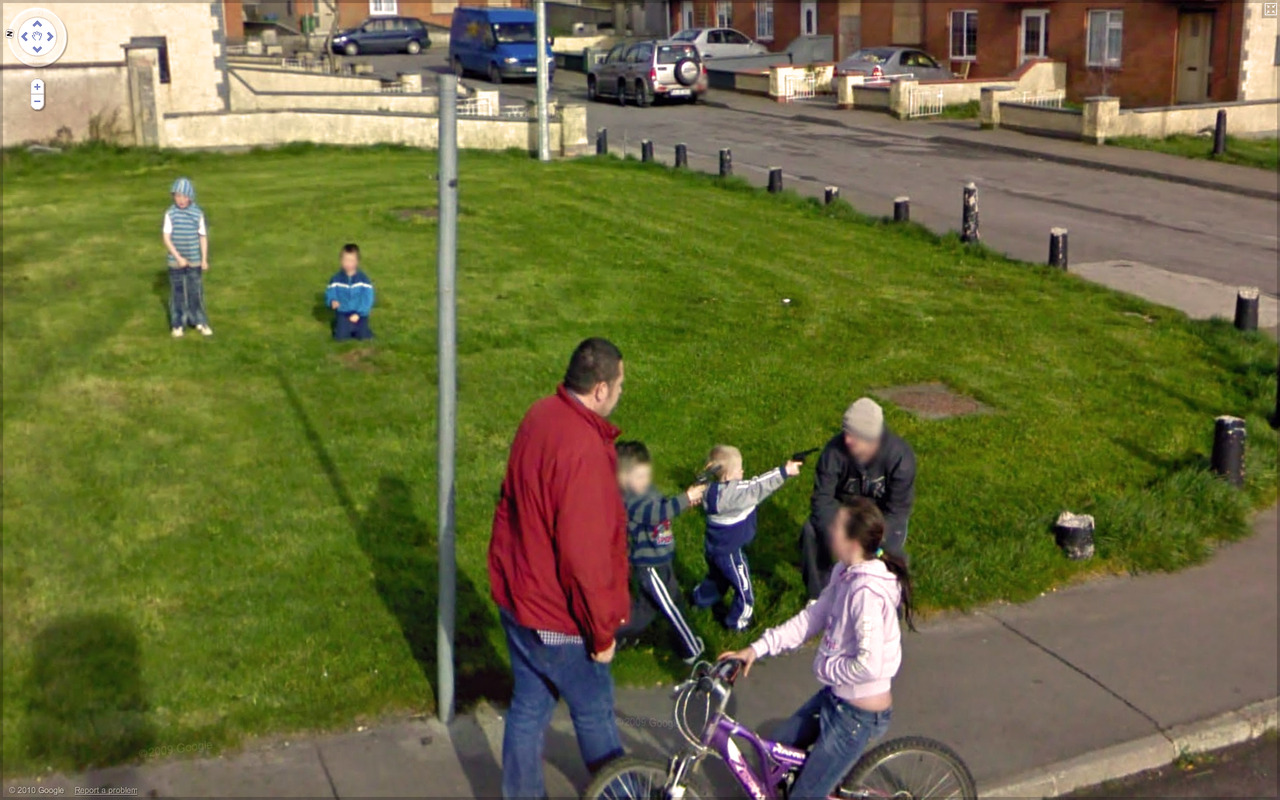
The curated images range from gritty urban life reminiscent of hard-boiled American street photography to quieter images of rural Americana that recall photography commissioned by the Farm Securities Administration during the depression. But are the images the result of nothing but chance or is this the future of Street Photography?
StreetShootr’s Take
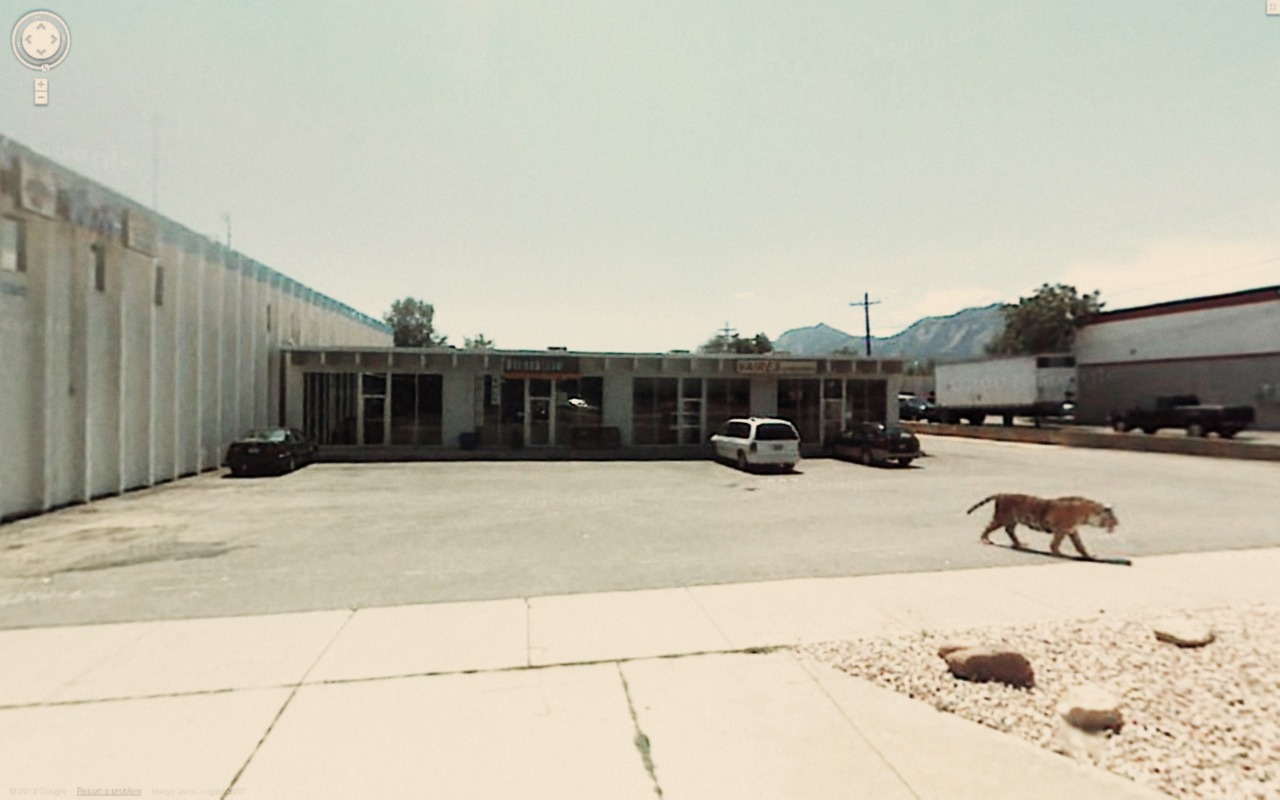
I’m torn on this one. On one hand I’m reminded of my photography instructor in university who quipped, “Give an ape a camera…” Referencing the idea that a monkey with a typewriter and enough paper would eventually write a novel just by randomly pounding the keys. It’s hard to believe the automatic nature of Google Street View cars does anything but flatly document the world without personal intervention.
But what we see with Jon Rafman’s 9 Eyes project is a man curating these images and giving them new meaning as a result. It’s not a statement about street photography so much as a celebration of finding images in the new and unexplored universe of Google Maps. I sort of see this as a microcosm of street photography itself.
As street photographers we roam the streets sorting through the random noise and searching for that one moment when things come together and a great image can be found. Most of us only shoot candid events and our subjects are therefore determined by the universe. In a way, we’re lucky to be there at that time and (hopefully) skillful enough to capture an image at that moment.
I think Jon is looking at Google Street View data the way we look at the street. Pawing through thousands of random images until he sees a scene that matches his aesthetic sensibilities and by curating them he is also capturing them. He’s actually doing street photography but his subject is Google Maps instead of the streets themselves.
It’s interesting to say the least and you have to admit, there’s some decent images there!
This collection brings up some interesting questions.
There’s no doubt in my mind that there are some interesting photographs here but they were shot blindly and without intent by the Google Street View cars. Jon Rafman’s 9 Eyes project is really about a man curating these images and giving them value as a result. It’s not that different from how Vivian Maier’s work has been commodified after her death.
Vivian’s work was largely unorganized and could have been lost entirely if not for the chance discovery of John Maloof. Even though a large body of her work was undeveloped and the collection was put together posthumously without any input from her, she is widely acknowledged as one of the great street photographers of our time.
The images in 9 Eyes were also curated and their value is entirely dependent on that process. But it’s too easy to dismiss the photos taken by Google Street View cars as the product of chance. Even without knowing Vivian Maier’s intent we know she was an actual person who was dedicated to her craft and as a result the work automatically has more weight.
9 Eyes challenges the role of the photographer suggests great photographs stand as things that have an independant life from their creator. It’s interesting to say the least and you have to admit, there’s some decent images there!
9-eyes.com
Essay: The Nine Eyes of Google Street View
Sixteen Google Street Views PDF
JonRaffman.com
What’s your take on the 9 Eyes project? Is Google Street View a new storage locker filled with undiscovered street photography? Or is the whole thing too random to be taken seriously? Post your comments below and keep the converstaion going!

